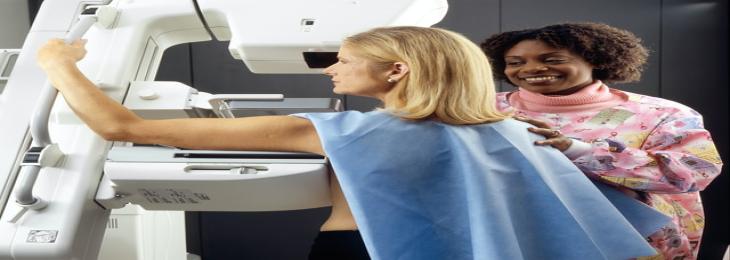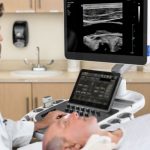
Over the last couple of decades, cancer has emerged as one of the biggest threats to mankind, with a staggering 14.1 million cases as of 2012. Breast cancer is the second-most prevalent cancer, with around 1.7 million cases registered in 2012 alone. Apart from the increasing incidence of the disease, awareness about breast cancer has increased manifold thanks to the much-hyped double mastectomy that popular actress and humanitarian, Angelina Jolie underwent. Her rather bold decision was a consequence of the discovery of a genetic mutation that she inherited, which increased her chances of acquiring breast cancer to 87%. The discovery was fruitful mainly due to early detection through breast ultrasound scanning. This, in turn, has led to a rapid surge in curiosity among the populace, characterized by the realization that early diagnosis is vital in order to ensure effective treatment.
According to the report titled ‘Global Automated Breast Ultrasound Systems (ABUS) Market – By Product Type (Prone And Supine), By End-User (Hospitals, Ambulatory Surgical Units, And Diagnostic Center), By Application (Screening And Pre-Operative Evaluation), By Geography – Trends And Forecast To 2024’ published by Coherent Market Insights, the market for Automated Breast Ultrasound Systems (ABUS) is expected to surpass US$ 1.6 billion by the end of 2024, expanding at a robust CAGR of 21.6% during 2016–2024.
How does an ultrasound system work?
The ultrasound system to detect breast cancer is a painless noninvasive 3D technology that is absolutely safe and free from radiation. This procedure is exclusively crafted for thorough breast imaging. It acquires multiple 3D ultrasound images of the entire breast using a scanner with a broadband transducer in a completely automated manner.
Driving forces for the growth of automated breast ultrasound market:
- The lifestyle patterns: Alcohol consumption, obesity, less physical activity, conceiving after 30 years of age, use of oral contraceptives and other birth control injections, among others are lifestyle-related reasons that can cause breast cancer. Increasing the incidence of breast cancer, in turn, is fueling the adoption of diagnostic systems for the same, including breast ultrasound systems.
- The developing radiology market: The wide range of clinical applications in oncologic, Neurologic, Vascular and spinal disorders are the fuelling factors for the developing radiology market as these are the necessity driven segments.
- Growing health awareness: Increase in the epidemics and chronic illnesses have made the general public aware of the health necessities.
Factors adversely affecting the automated breast ultrasound market:
- The rise in manufacturing costs: Only 5 companies manufacturing, expensive high power magnetic related products cost add to the increased manufacturing cost.
- Lack of expertise and skill: Lesser number of Radiologists as compared to the other medical professionals and associated skilled technicians make the investigations very expensive thus discouraging the users and in turn affecting the overall automated breast ultrasound market negatively.
Breast cancer is the most prevalent cancer among women worldwide, with around 2 million new cases registered each year. This drastic increase in incidence, in turn, necessitates a rise in the adoption of related diagnostic devices.
GE Healthcare, Koninklijke Philips, Hitachi, SonoCiné, Inc., and Siemens AG are among the leading players in the automated breast ultrasound systems market. On the basis of application, the market is segmented into hospitals and diagnostic imaging. These systems, involving high capital investment are mainly installed in large hospitals and thus, the segment accounts for the largest market revenue share. The segment is expected to further gain traction through 2020.
Major players in the market are focusing on entering into strategic partnerships in order to reduce capital investment especially related to R&D activities to introduce technologically advanced products in the market. Furthermore, significant investment in strengthening the healthcare infrastructure in developing countries and the replacement of existing equipment with advanced systems in developed countries is expected to create a favorable environment for the automated breast ultrasound systems market in the near future. The market is expected to gain further impetus by initiatives of various health organizations across the globe, endorsed by celebrities.







